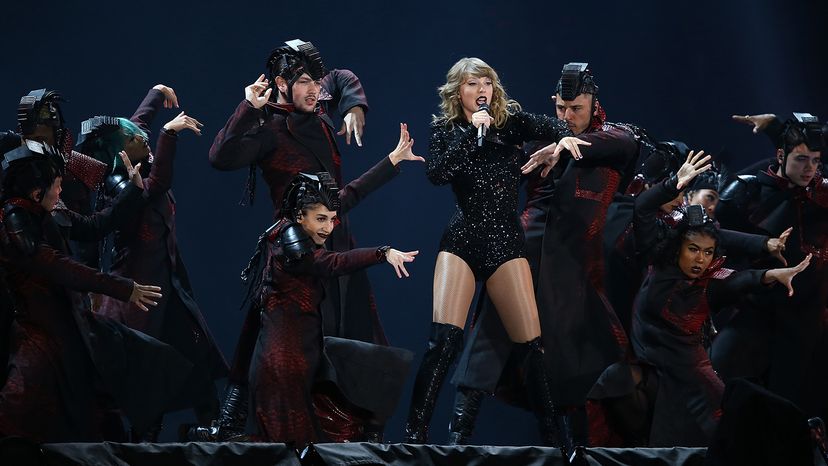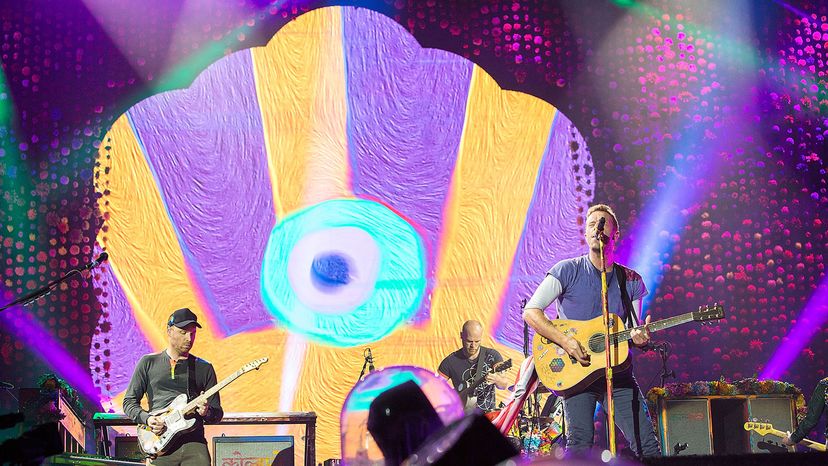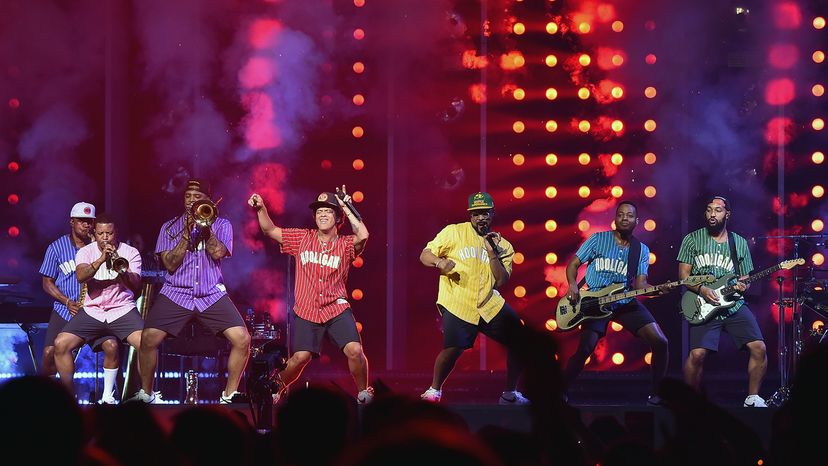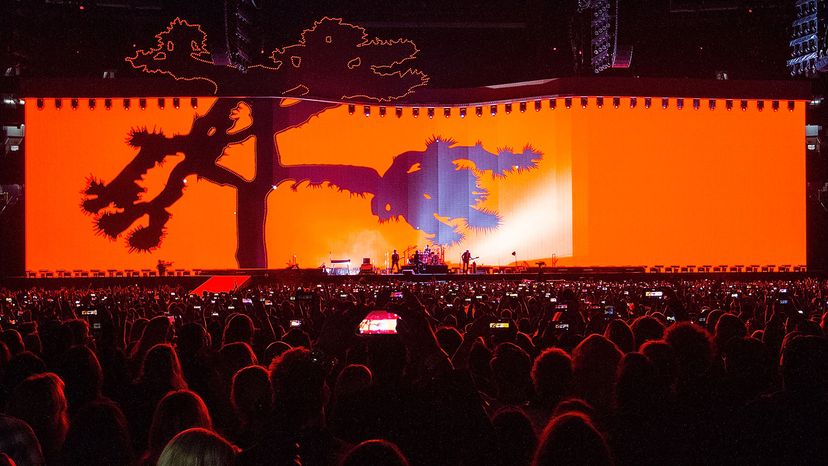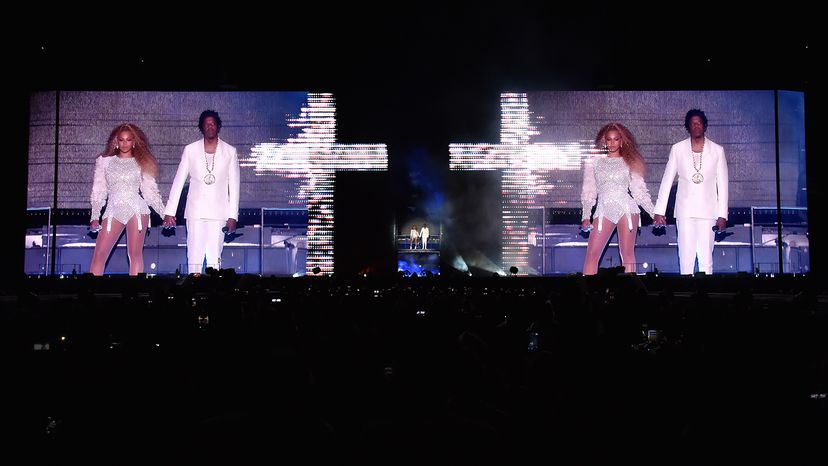
If the last concert you attended cost the same as a short vacation, consider yourself part of the global phenomenon of rising ticket prices. With the average concert ticket price for 2018 ringing in at $96.31, (a 14.1 percent increase over 2017's prices), live music fees have far surpassed inflation rates — and probably the growth in your salary, too.
But why the skyrocketing prices? And is there any end in sight for fans of live music? The quick and dirty answers are 1: supply and demand, and 2: no. After all, fans are stilling buying the tickets, even at exorbitant prices. And because artists and promoters are charging as much as their fans are willing to pay, the price of attending concerts doesn't seem to be going down any time soon. So what is influencing prices? Well, it's multiple factors, from the cost to put on the show to how performers make money today and who is selling tickets to whom. But here are five of the most common reason why concert tickets cost so much.
Advertisement
